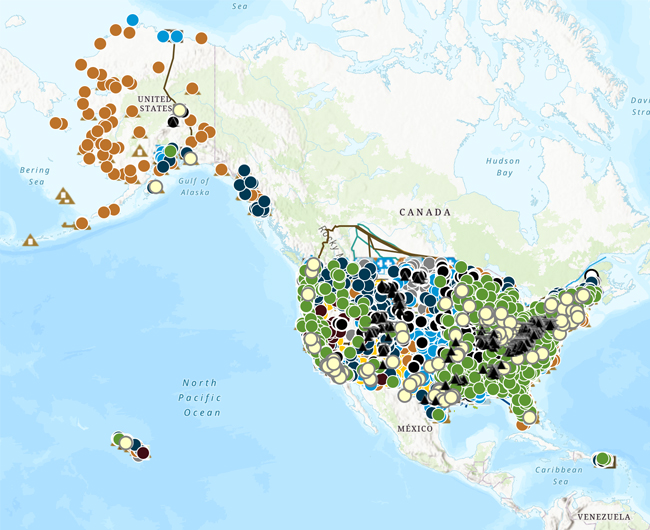Profile Overview
U.S Energy Atlas with total energy layers
 View the interactive map
View the interactive map Quick Facts
- The Elba Island liquefied natural gas (LNG) import terminal added export facilities and began exporting LNG in 2019. In 2022, the Elba Island terminal exported about 108 billion cubic feet of natural gas but did not receive any LNG imports.
- The Vogtle nuclear plant in Waynesboro, Georgia, added a third reactor in mid-2023. A fourth reactor is under construction at the power plant and is scheduled to begin operations in 2024. Those two reactors will almost double the plant’s previous generating capacity and will make Vogtle the nation’s largest nuclear power plant.
- In 2022, natural gas accounted for 47% of Georgia’s total electricity net generation, and nuclear power accounted for 27%. Coal accounted for about 13% and renewable energy, including hydroelectric power and small-scale solar, accounted for nearly 13%.
- Georgia ranks second in the nation (after North Carolina) in densified biomass fuel manufacturing capacity and has the nation's largest wood pellet manufacturing plant. Georgia is a leading wood pellet exporter.
- Major interstate highways and the world’s busiest passenger airport helped make Georgia seventh in the nation in transportation sector energy consumption in 2021, when petroleum products were the state's largest source of energy (33%).
Last Updated: February 15, 2024
